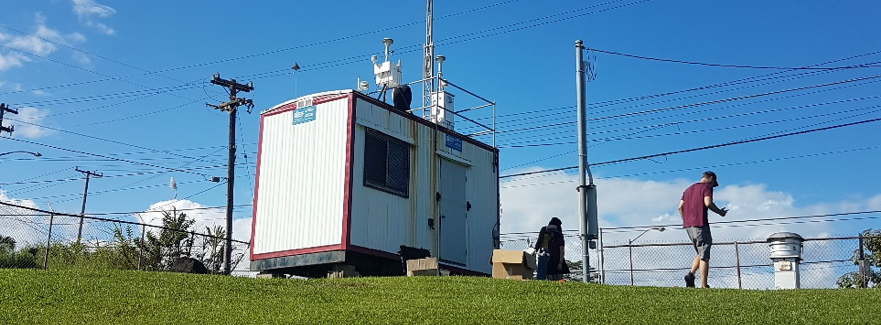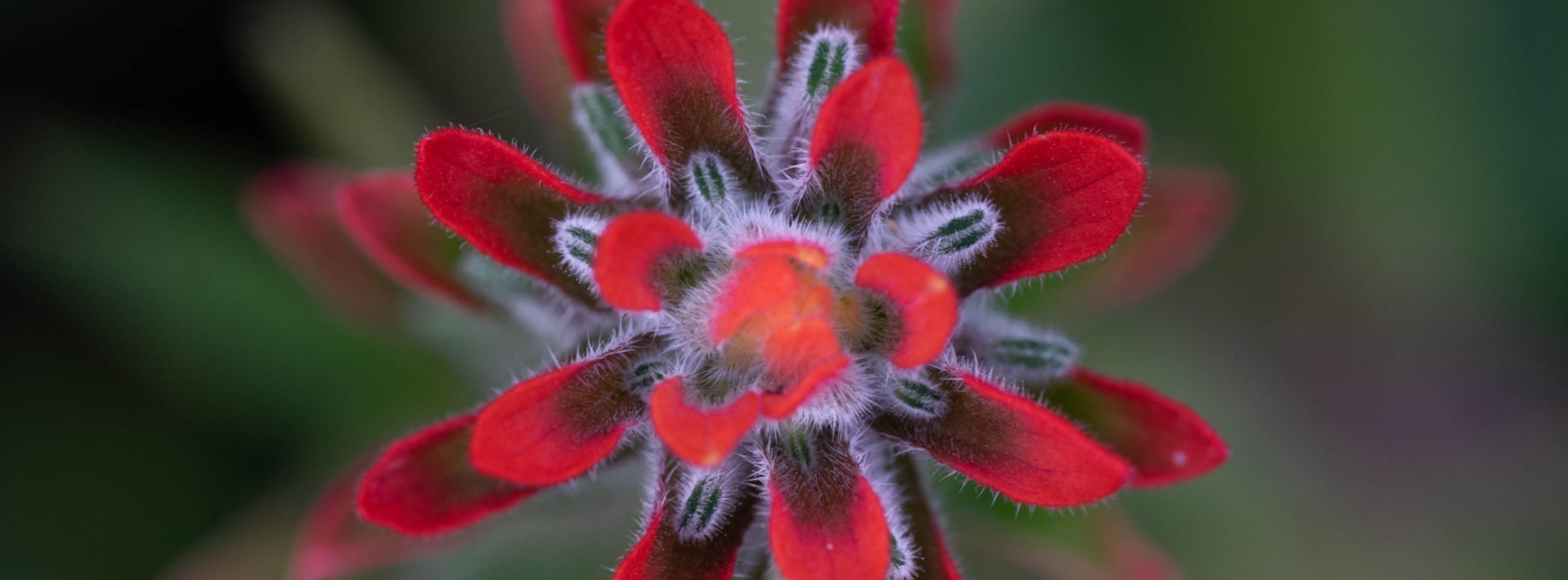TREX Day 6 – Plants
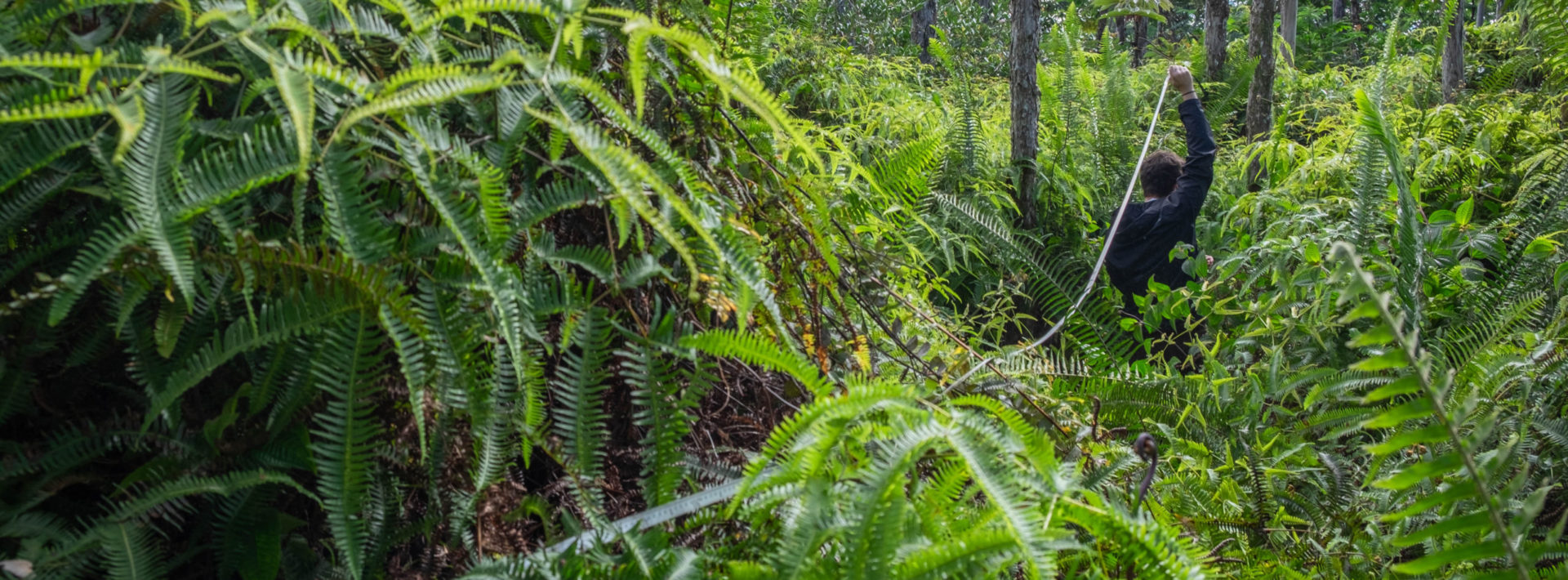
By Rayna Higuchi ’20
Sierra Rosenzweig ’20, Stephen Duncan ’20, and I kicked off our day with an early morning call into the CEE mini-UROP. We spoke to the freshmen about our experience in TREX and what we were doing on the island.
After yesterday, the instructors gave us the morning off, so we didn’t start until eleven. From there, as always, we split into groups. My group was the plant group. I wore cargo pants and felt like Indiana Jones. What they don’t tell you in Indiana Jones is that wading through thick forest is much harder work than just chopping down a few vines with a sword.
We went to Lava Tree National Park to take transects, which had a much different composition of plant life than before. While our first transects led us through light underbrush and forced us to limbo through a series of fallen tree trunks, this one took us through masses of twigs and ferns reaching higher than our heads. Peter Duff ’20 braved the dangers and literally threw himself into the unknown, pushing down the plants with his body to clear the path for the rest of us. He paid dearly for it, with thousands of small pricks in his hands from the foliage. RIP Pete’s hands.
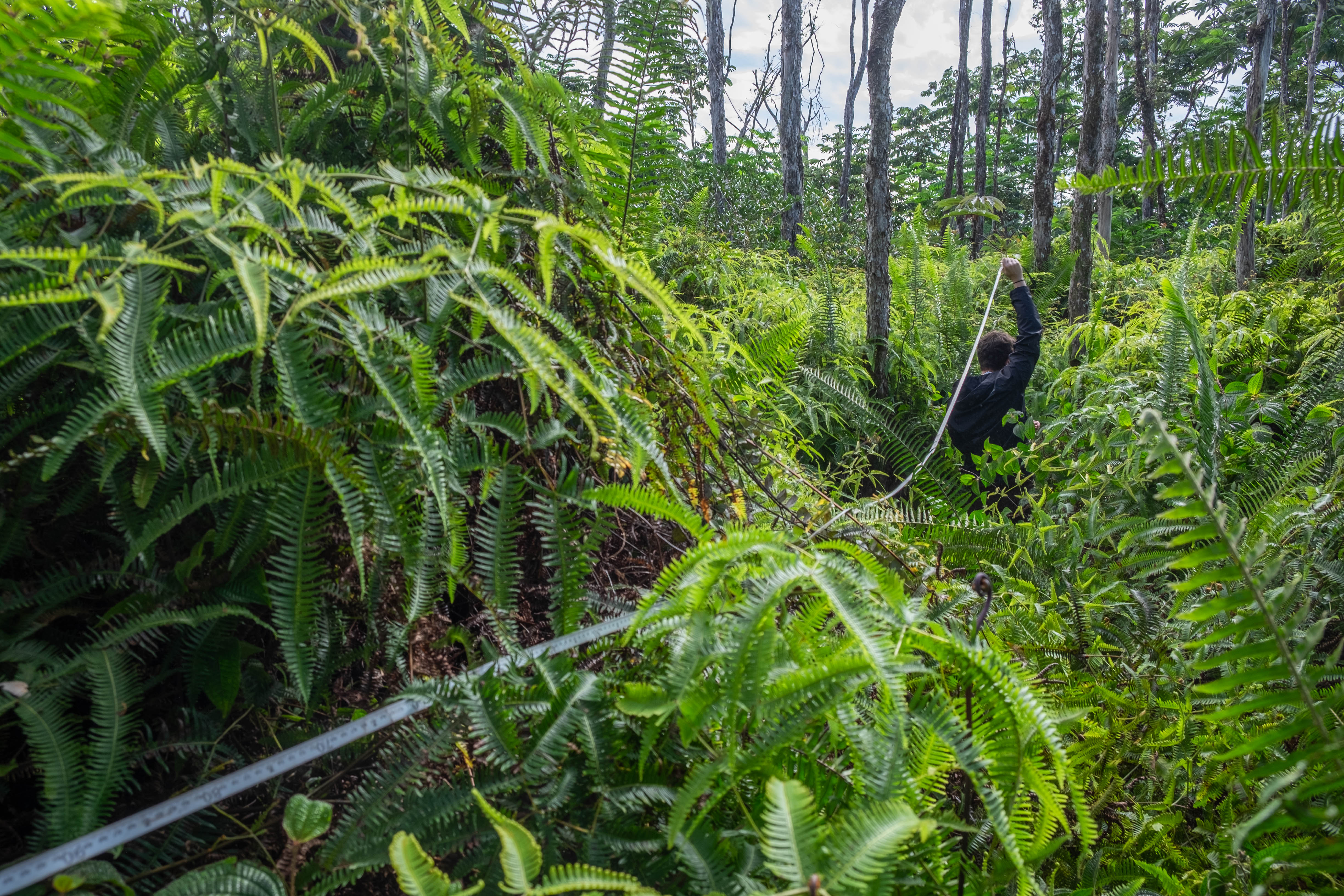
TA Caio Guilherme Pereria takes a tape measure to mark transect locations along a line [Photo By Sierra Rosenzweig ‘20]
For a while, he and I were far off from the group, having a dandy old time as rugged explorers. The footing was deceptive at turns, sometimes supporting us several feet off the ground with large volumes of fern, and other times disappearing as we stepped into what appeared to be a stable area. On multiple occasions I stepped on a thick branch expecting safety only to have it crumble through.
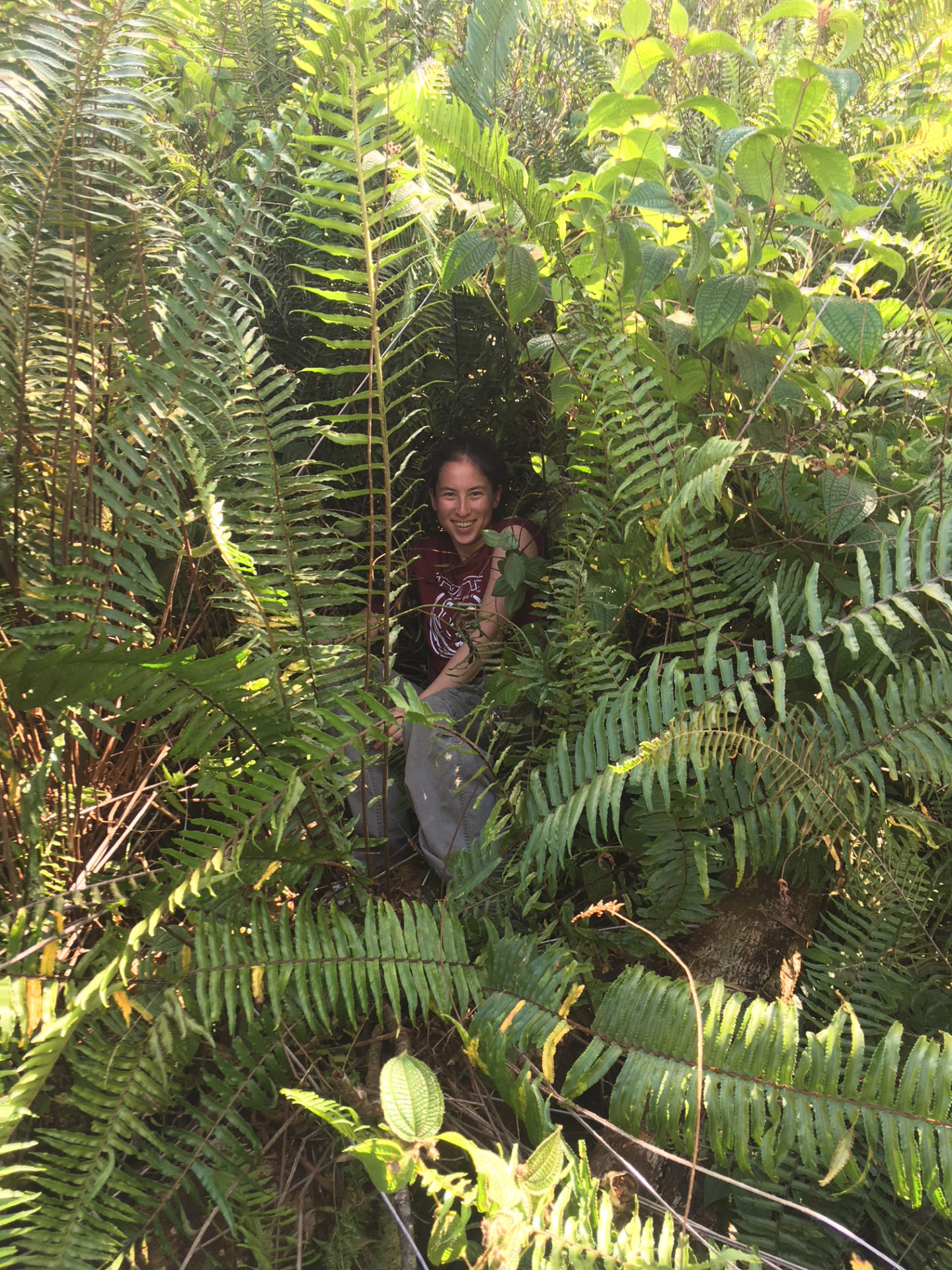
Me after having fallen into a cushion of ferns. [Photo by Peter Duff ’20]
We found that the vast majority of the ground cover was ferns, with very few Ohi’a trees in this area. We took what Ohi’a samples we could to test the forest health, then headed out. Before we left, we decided to take overhead images with the drone. It was widely lauded as having great obstacle avoidance software, yet on its first programmed run, it rose 50 feet into the air and promptly launched itself into a tree. We had quite the time retrieving it because it was difficult to spot among the dense twigs. When it was finally recovered, we flew it again, this time on manual. I took pictures of the area for us to use in later analyses.
The rest of the day was more low-key, so we showered off all the mud and spores and relaxed for the evening.


